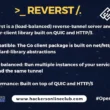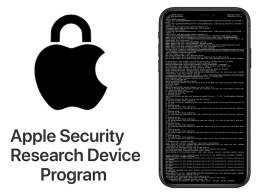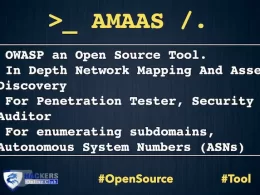Penetration testing is a critical aspect of cyber security, as it helps organizations identify and mitigate vulnerabilities in their networks and systems. As a result, companies are always on the lookout for skilled and experienced penetration testers.
However, landing a job as a penetration tester can be a tough task, as the interview process can be quite hard.
To help you prepare for your next interview, we’ve compiled a Top 10 list of some common questions you can expect to be asked.
- Can you explain the difference between a vulnerability assessment and a penetration test?
- What are the most common techniques you use during a penetration test?
- How do you prioritize vulnerabilities during a penetration test?
- Can you give an example of a particularly challenging engagement you have undertaken as a penetration tester?
- How do you stay up-to-date on new threats and vulnerabilities?
- How do you communicate the results of a penetration test to stakeholders?
- Can you explain the OSI model and how it relates to penetration testing?
- What is your experience with automating penetration testing?
- How do you ensure that your penetration testing is legal and ethical?
- Can you give an example of a penetration testing report you have written and explain your process for creating it?
These are just a few examples of the types of questions you can expect to be asked during a penetration testing job interview. It’s important to do your research and understand the specific needs and requirements of the company you’re interviewing with. Additionally, prepare some examples of your experience and the projects you have worked on, which will help you to showcase your skills and knowledge.
Be confident and let your passion for the field shine through! Remember that a good penetration tester is not only technically proficient but also a good communicator and able to explain complex findings in an accessible way.
Here are Answers on all questions
1. A vulnerability assessment is a systematic examination of an organization’s IT systems and infrastructure to identify potential vulnerabilities. A penetration test, on the other hand, goes one step further by attempting to exploit those vulnerabilities to determine if they can be exploited and the impact of a successful exploit.
2. The most common techniques I use during a penetration test include reconnaissance, scanning, and exploitation. I also often use social engineering techniques to gather information about the target and identify potential weaknesses.
3. During a penetration test, I prioritize vulnerabilities based on their potential impact and ease of exploitation. Critical vulnerabilities that can be easily exploited are given the highest priority, while lower risk vulnerabilities are addressed later.
4. One particularly challenging engagement I undertook as a penetration tester was a test of a financial institution’s network. The client had a highly complex network and strict regulatory compliance requirements, which made the engagement particularly challenging.
5. I stay up-to-date on new threats and vulnerabilities by regularly reading industry publications, attending conferences and webinars, and staying active in online security communities. I also have experience with using Vulnerability management tools and utilizing threat intelligence feeds.
6. I communicate the results of a penetration test to stakeholders by providing a detailed report that includes a summary of findings, a list of vulnerabilities, and recommendations for remediation. I also conduct a presentation to summarize the key findings and answer any questions the stakeholders may have.
7. The OSI model is a framework for understanding how data is transmitted over a network. In relation to penetration testing, understanding the OSI model allows me to identify vulnerabilities at each layer of the model and understand how they might be exploited.
8. I have experience using various automated penetration testing tools such as Nmap, Metasploit, Nessus, and Burp Suite. I also have experience with scripting and programming to automate tasks and improve the efficiency of the testing process.
9. To ensure that my penetration testing is legal and ethical, I always have written permission from the client before conducting any testing and always follow industry standards and guidelines such as OSSTMM and OWASP.
10. I can give an example of a penetration testing report I wrote for a retail company. In the report, I included a summary of the testing scope, methodology, and findings. I also provided detailed information on each vulnerability discovered, including the severity, potential impact, and recommended remediation steps. Additionally, I included a section on the overall security posture of the company and provided recommendations for future improvements.
Note: More interview questions will be added as per requirements.











